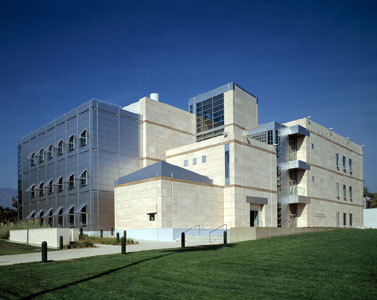Introduction
Caltech’s scientific reputation ranks it among the world’s preeminent research universities, but it is the school’s small size that sets it apart from its peers. This is the place where Linus Pauling determined the nature of the chemical bond, where Theodore Von Kármán developed the principles that made jet flight possible, where Charles Richter created a logarithmic scale for the magnitude of earthquakes, where Nobel Laureate in physics Richard Feynman— one of the most original thinkers of the twentieth century—spent the better part of his preeminent career, and where physicists and engineers are currently working toward the first detection of gravitational waves.
However, Caltech is also a place where more than half of students participate in on-campus research before they graduate, where eighty-five percent of students participate in intramural or intercollegiate athletics, and where students have lived under a student-run honor system since the 1920s.
As a high-powered research institution, Caltech has produced some of the greatest scientific achievements of the past century. Caltech’s undergraduate program trains scientists and engineers for the great discoveries of the next. In class, you don’t just learn the answers to questions in your textbook; you learn to ask your own questions and are challenged to find the answers. Professors often treat students as intellectual peers, and while this creates a very demanding curriculum, it also gives students the opportunity to actively participate in cutting-edge research. Many undergraduates work as research assistants on campus, and more than 300 participate in the Summer Undergraduate Research Fellowships program each summer. Many of these students will be named as authors or coauthors of articles in major scientific journals, a rare honor for undergraduates. This unadulterated exposure to the real world of science means that graduates are well prepared for a career in research.


